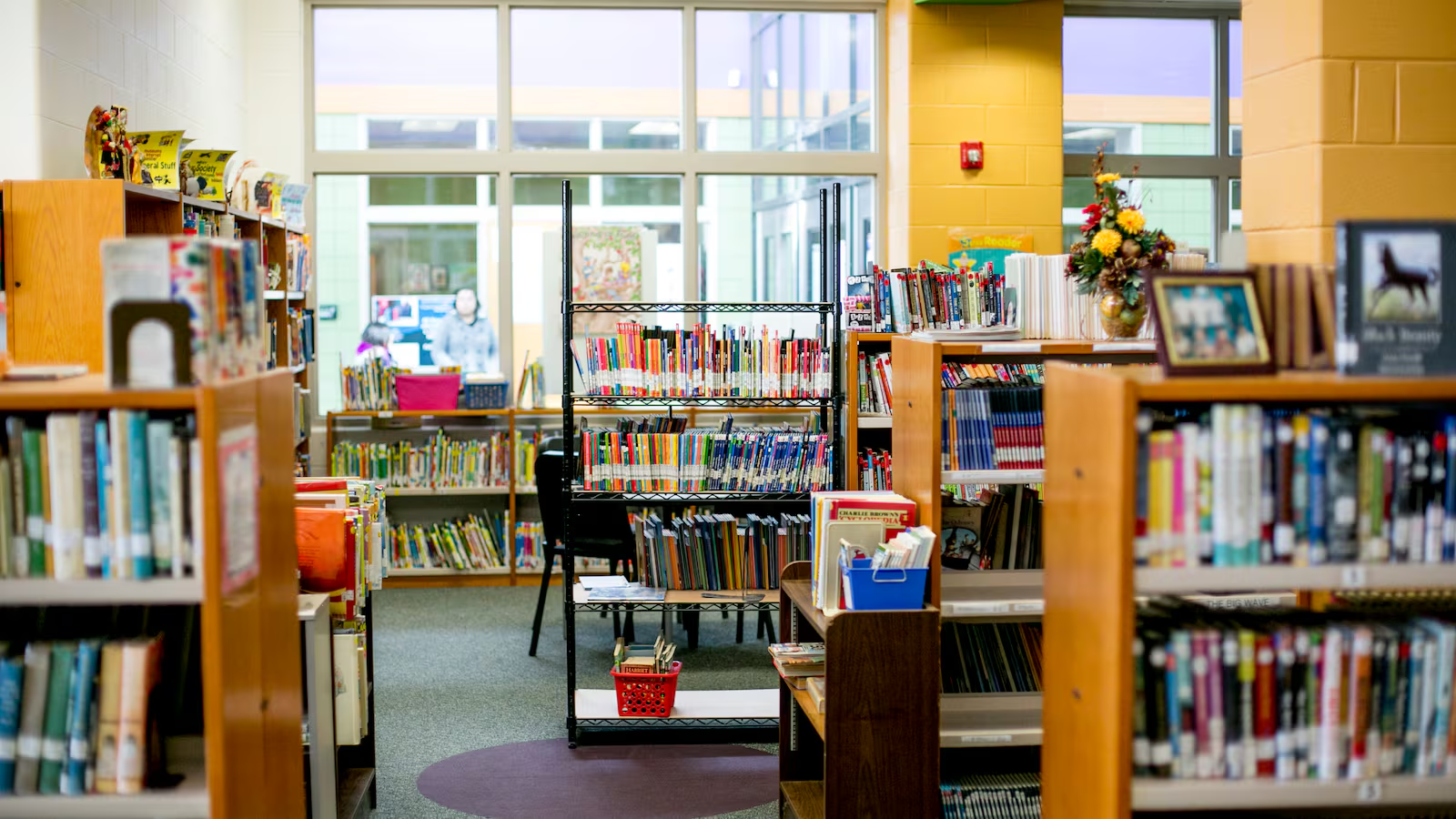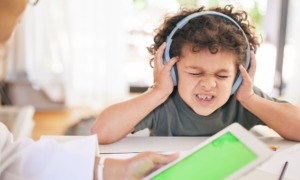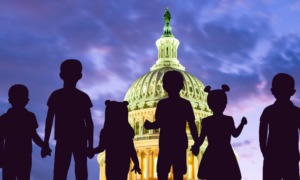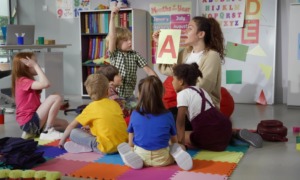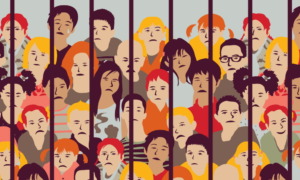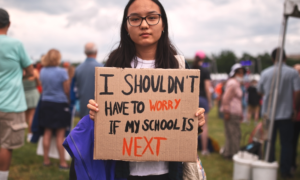This story was originally published by Chalkbeat. Sign up for their newsletters.
![]()
They have long been an unfunded mandate in New York. Let’s change that.![]()
A 12-foot square chess set, a community puzzle, materials for crocheting, and books wrapped for a mystery book exchange.
This may not be what comes to mind when you think of New York City public schools, but it’s what I think about when I recall my time at Forest Hills High School. And that’s because of my school library.
Located in the middle of the second floor, the school library is full of natural light that shines through the glass patio doors.
I fondly recall how my librarian, Ms. Klemas, remembered my name after only one visit. I was shocked. Forest Hills High, the school I graduated from last year, has thousands of students. How did she already know my name?
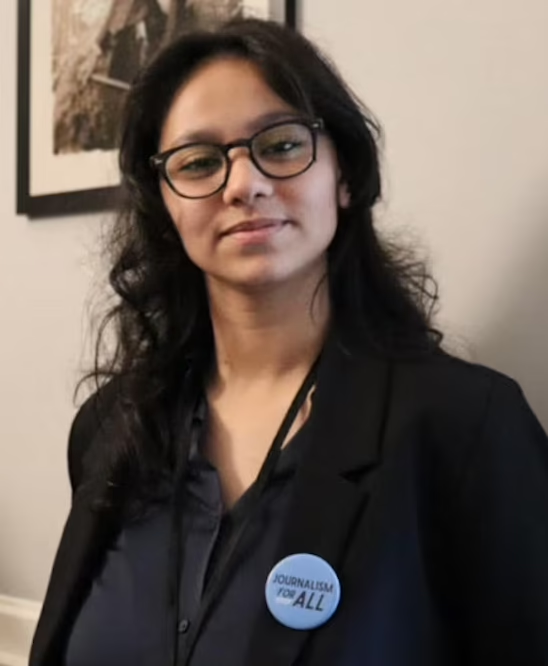
Salma Baksh, school library activist
I came to realize that this small act was part of a larger philosophy that she and her co-librarian used to shape the library: acceptance, empathy, and support. As I kept returning to the library, my conversations with Ms. Klemas evolved from book recommendations to solicited advice on how I could shape my future. Ms. Klemas became the adult I trusted most in my school building, and the library was the place I felt most comfortable.
Here in New York, we hear our elected officials talk a lot about student literacy and how to improve it. That’s understandable, given that fewer than half of New York City students were reading at grade level in 2024. But the fixation with data sometimes drowns out the softer, less quantifiable roles that school libraries can play not only as literacy hubs but also as a third space, a safe haven distinct from home or work/class.
Libraries are places of community-building and socialization — essential at a time when many teens are struggling with isolation and mental health challenges.
If you asked the students of Forest Hills High School what they thought of their library, they’d probably talk about the well-tailored selection of books or the “See yourself on the shelf” book display, featuring works written by diverse authors and about diverse characters. They may or may not recall lessons they received on digital media literacy or research skills. They will, however, almost always mention how they felt in the library: welcomed.
As a library volunteer in my senior year, I observed how students used the space to connect through crafts, games, and conversation. Our librarians encouraged connection by hosting book clubs, “talking circles” about current events, and oversized board game days.
In 2023, a national survey found that only 55% of students felt close to people at their school, down from 62% in 2021, so community-building efforts like these feel especially important now. After all, research has shown that these connections are linked with improved mental health, attendance, grades, and behavior.
As a student, my school library gave me a sense of belonging.
I was part of a community of “library people” (Ms. Klemas’ term for those who frequent the library). I felt more motivated to go to school and supported in knowing that the library was there when I needed it.
New York State recognizes the key role of school libraries. State law mandates that every school has one. Yet, it’s estimated that only 16% of New York City schools have a certified librarian budgeted. And high-poverty schools are less likely to have a librarian compared to their more affluent counterparts.
There are many reasons for this — principal autonomy in budgeting, fundraising inequities, and budgets based on enrollment. Whatever the reasons, though, it’s clear that for too long, school libraries have been an unfunded mandate, and students have the most to lose: access to diverse reading materials, literacy and research curricula, community, and a third space.
[Related: In adolescence, every experience matters. Let’s make the ones we design count]
That’s why, on April 8, I’ll be joining other “library people” and our supporters to testify before the New York City Council’s education committee in favor of Librarians Count, which would require city public schools to report each year on school library and librarian access.
As a school library activist, I’ve been working with the Brooklyn-based advocacy group Librarians=Literacy and City Council Member Rita Joseph’s office to bring awareness to this issue. New York students, parents, teachers, and others can share their experiences with (or without) a school librarian, too.
I was lucky to attend a high school with a well-funded library and two incredible librarians. But it shouldn’t be up to luck.
[Related Grant Opportunity: Outstanding young community leaders award]
***
Salma Baksh is a passionate leader dedicated to advancing education equity through advocacy, policy, and civic engagement. She’s originally from Queens and is now a first-year student at Smith College studying government and sociology.
Chalkbeat is a nonprofit news site covering educational change in public schools.
First Person is where Chalkbeat features personal essays by educators, students, parents, and others thinking and writing about public education.


